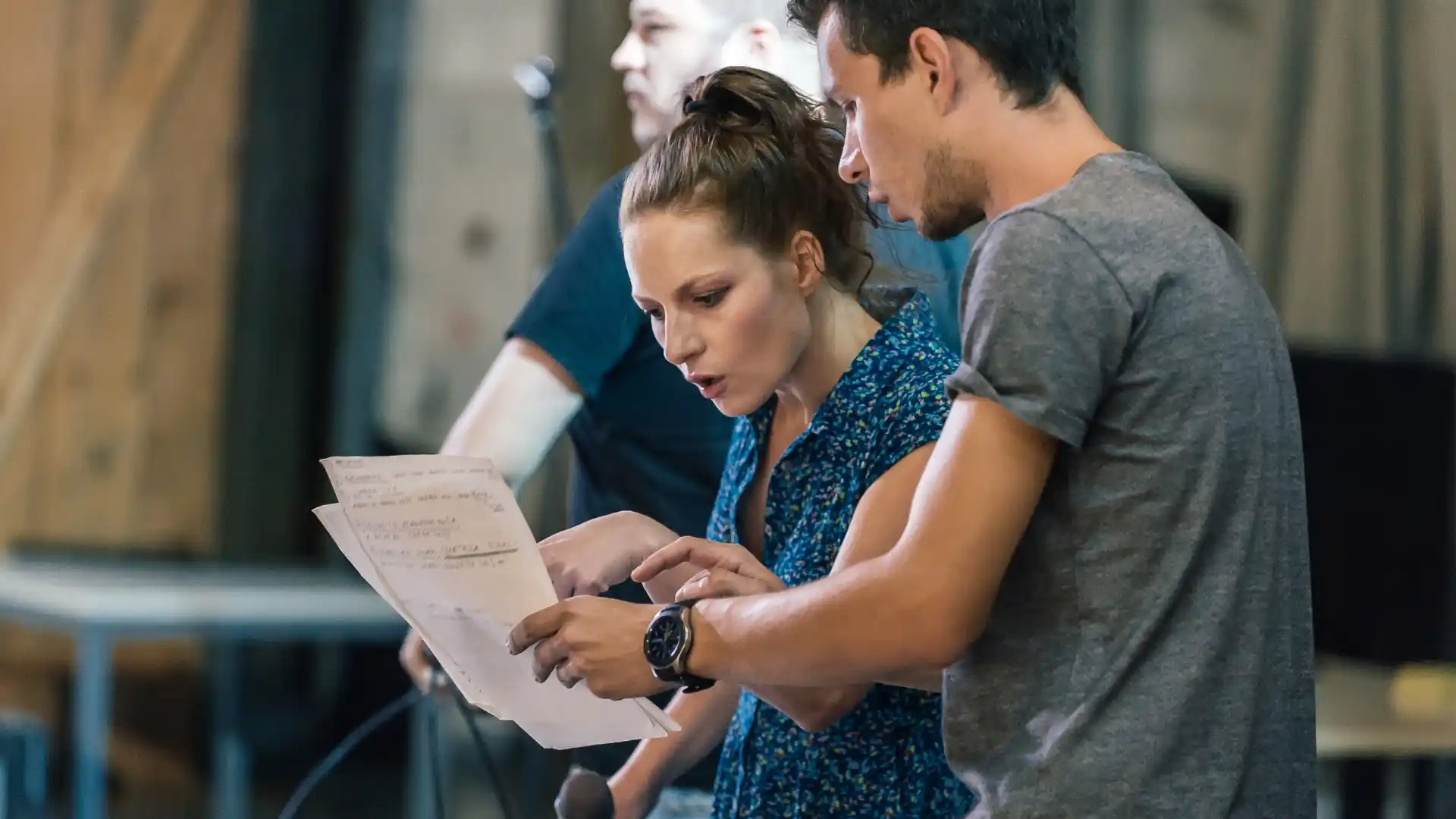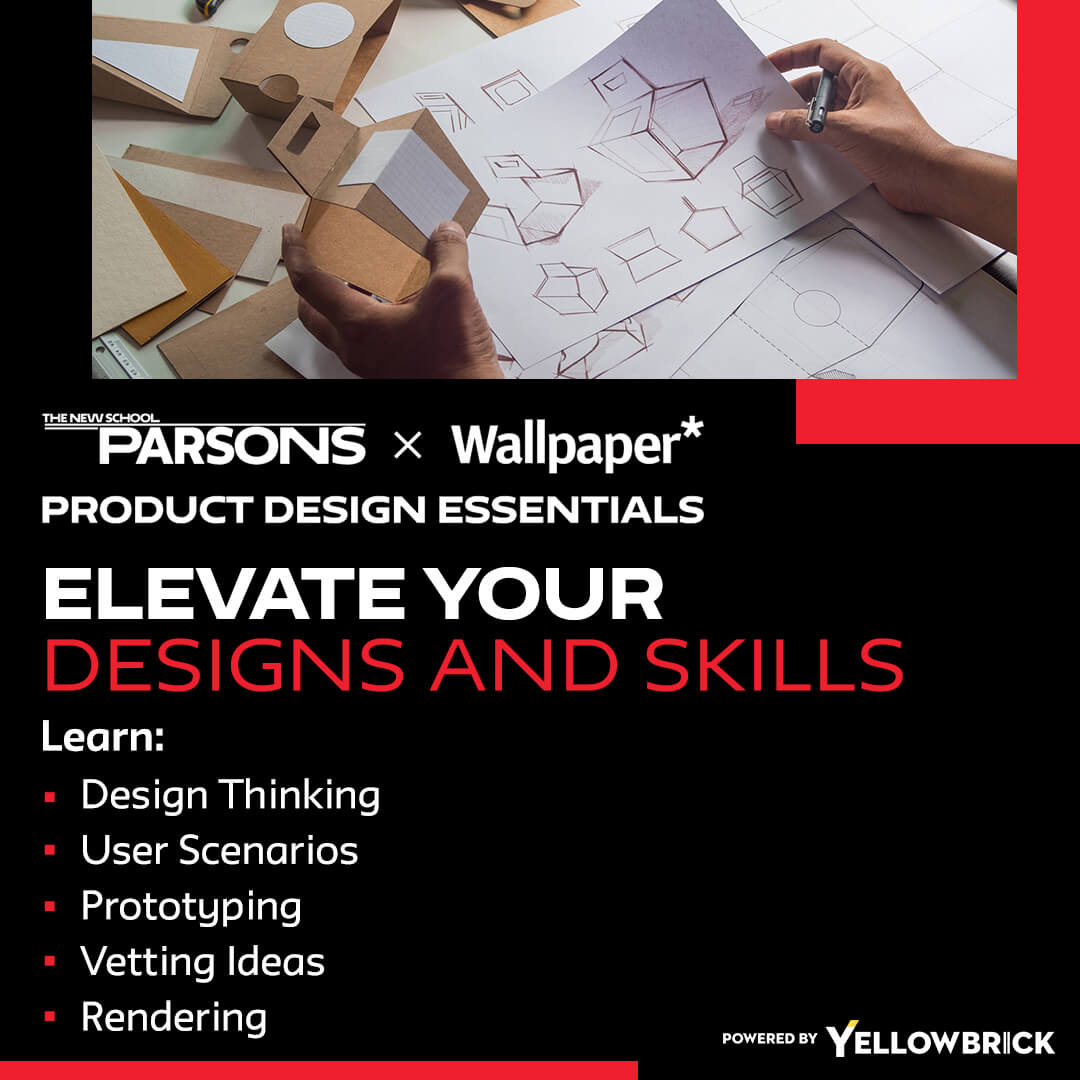1. Research and Ideation
The initial stage of product design development involves thorough research and ideation. This phase is crucial for understanding market needs, identifying opportunities, and generating creative ideas for new products. Designers gather insights through market research, user interviews, and trend analysis to inform the ideation process. Brainstorming sessions and concept sketches play a vital role in translating ideas into tangible concepts that align with user preferences and market demands.
2. Concept Development
Once the research and ideation phase are complete, the focus shifts to concept development. Designers refine and iterate on initial ideas to create detailed concepts that encapsulate the product’s features, functionality, and aesthetics. Prototyping and 3D modeling techniques are commonly used to visualize concepts and test their feasibility. Collaboration with cross-functional teams, including engineers and marketers, is essential to ensure that the concepts align with technical requirements and market expectations.
3. Design and Prototyping
The design and prototyping stage involve translating concepts into tangible prototypes that can be tested and validated. Designers use computer-aided design (CAD) software to create detailed product designs, incorporating feedback from stakeholders and usability testing. Rapid prototyping techniques, such as 3D printing, allow for the quick iteration of physical prototypes to evaluate form, fit, and function. Prototyping helps identify design flaws early in the development process, saving time and resources in the long run.
4. Testing and Validation
Testing and validation are critical stages in product design development to ensure that the product meets user expectations and functional requirements. Usability testing, focus groups, and beta testing are conducted to gather feedback from potential users and identify areas for improvement. Designers analyze user feedback and iterate on the design to address any issues or concerns raised during testing. Validation ensures that the final product aligns with user needs and market demands before moving into production.
5. Production and Manufacturing
Once the design is finalized and validated, the product moves into the production and manufacturing stage. Designers work closely with manufacturing partners to oversee the production process, ensuring that the design specifications are accurately translated into the final product. Quality control measures are implemented to maintain consistency and integrity throughout the manufacturing process. Designers may also collaborate with suppliers to source materials and components that meet the product’s requirements.
6. Launch and Market Entry
The final stage of product design development involves launching the product into the market. Designers coordinate marketing efforts to create buzz around the product and generate interest among target consumers. Product launch events, advertising campaigns, and social media promotions are common strategies used to drive awareness and sales. Continuous monitoring and feedback collection post-launch help designers gather insights for future product iterations and improvements.
7. Post-launch Evaluation
After the product is launched, designers conduct post-launch evaluations to assess its performance in the market. Key performance indicators (KPIs) such as sales figures, customer feedback, and market share are analyzed to measure the product’s success. Designers use this data to identify areas of improvement and inform future product development strategies. Continuous evaluation and iteration are essential to staying competitive in the ever-evolving market landscape.
8. Sustainability and End-of-Life
In today’s environmentally conscious world, sustainability plays a crucial role in product design development. Designers are increasingly focusing on creating products that are eco-friendly, recyclable, and energy-efficient. Considering the product’s end-of-life and implementing sustainable practices throughout the design process help minimize environmental impact and promote a circular economy. Designers collaborate with sustainability experts and suppliers to incorporate sustainable materials and production methods into the product lifecycle.
9. Adaptation and Innovation
Innovation is key to staying ahead in the competitive product design landscape. Designers continuously adapt to changing market trends, technological advancements, and consumer preferences to drive innovation in product design. Collaborating with cross-disciplinary teams, attending industry conferences, and staying updated on emerging technologies are essential for fostering a culture of innovation within design teams. By embracing change and exploring new ideas, designers can push the boundaries of traditional product design and create groundbreaking solutions.
10. Collaboration and Communication
Effective collaboration and communication are essential throughout the product design development process. Designers work closely with cross-functional teams, including engineers, marketers, and product managers, to ensure alignment and synergy across departments. Clear and transparent communication helps streamline decision-making, resolve conflicts, and ensure that everyone is working towards a common goal. Regular team meetings, feedback sessions, and project management tools facilitate collaboration and foster a culture of creativity and innovation.
Conclusion
Product design development stages are a dynamic and iterative process that requires creativity, strategic thinking, and attention to detail. By following a structured approach and leveraging best practices at each stage of the design process, designers can create products that resonate with users, meet market demands, and drive business success. Embracing innovation, sustainability, and effective communication are key pillars for successful product design development in today’s competitive landscape.
Key Takeaways:
- Strong research and ideation are essential to creating products that meet real market needs.
- Prototyping and testing help refine designs and prevent costly production errors.
- A successful launch depends on coordinated marketing and quality manufacturing.
- Post-launch evaluation drives continuous improvement and future product success.
- Sustainability and innovation are key to staying competitive in today’s market.
For those looking to enhance their product design skills and excel in the industry, consider enrolling in the Yellowbrick online course and certificate program, Parsons Product Design Essentials. This program offers valuable insights and practical knowledge to further your expertise in product design and development.








